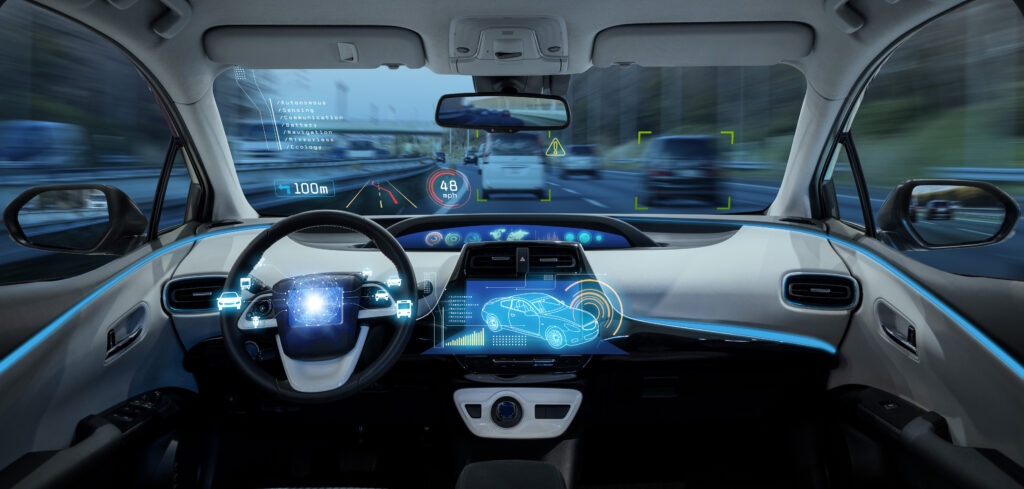A study published in the Journal of Transportation Research Part C: Emerging Technologies, produced by engineers from Australia’s University of New South Wales, proposes a road network design with exclusive lanes for autonomous vehicles.
Using computer modeling of mixed scenarios, the researchers found that dedicated lanes could significantly improve the overall safety and traffic flow in a hybrid network of pedestrians, cyclists, automated vehicles and legacy vehicles.
Lead author on the paper, Dr Shantanu Chakraborty from the University’s School of Civil and Environmental Engineering, noted that if the road and transport network is not prepared for autonomous vehicles when they enter the market, it will significantly hinder the travel experience of all road users. “Traffic congestion costs the economy billions of dollars every year in all the extra time spent commuting. The proposed model will help minimize interaction with legacy vehicles and reduce overall congestion on the road,” said Chakraborty. “The mix of autonomous vehicles and legacy vehicles will cause issues on the road network unless there is proper modeling during this transition phase. If we get caught out and we’re not ready, we won’t reap the full benefits of the technology behind these autonomous vehicles.”
He did note that the removal of a lane for regular traffic could cause some congestion, but added, “If you look at our existing network, we already have something similar with dedicated bus lanes – so we’re not reinventing the wheel here. Freeways are also the best network of car lanes to trial as they have dedicated entry and exit points where drivers can automatically switch on and off their automated features.”
The automation of vehicle movements within the dedicated lanes should mean the flow of traffic will significantly improve as drivers will not solely rely on their attention and reaction time to traffic conditions. “Say you’re sitting in traffic and the traffic light turns green. The driver doesn’t instantaneously take off that second; there is usually a response time before you press on the pedal and the car moves,” noted Chakraborty. “Then the driver behind you reacts and so forth and by this stage, there has been some time passed. However, with autonomous vehicles, the movement is more coordinated because the vehicles are fitted with sensors. When the signal turns green, all the vehicles move simultaneously, which will improve traffic flow and reduce congestion. I believe this is the future of mobility.”
The study also suggests that variable signboards could be used to change the lane designation based on the traffic condition at the time; during peak hours, roads could be used more efficiently depending on the traffic conditions at the time. “Our modeling accounts for changing traffic conditions. For example, during non-peak-hour times when we don’t need a lane for autonomous vehicles, we can have all lanes open for legacy vehicles,” concluded Chakraborty. “Due to the minimal infrastructure, our proposed model also has the potential to design ramp metering for freeway networks to help regulate the flow of traffic during peak hour.”


